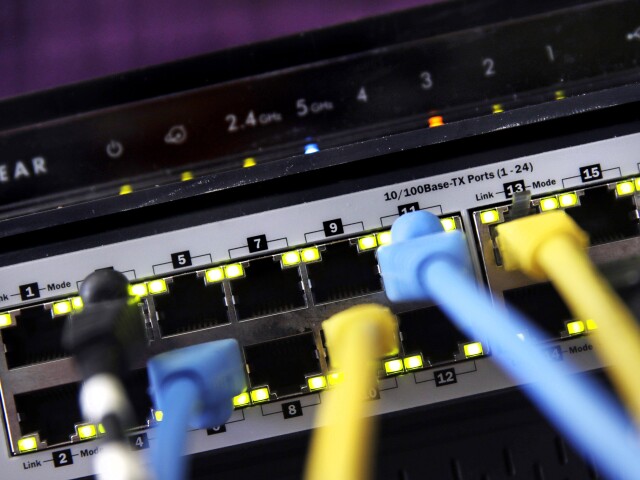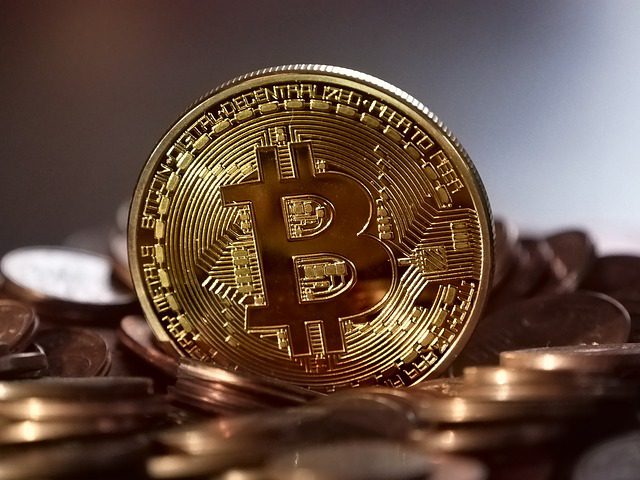
The Evolution of the Internet
The Internet has become an integral part of our daily lives, transforming the way we communicate, access information, and conduct business. Over the years, this global network has undergone a remarkable evolution, transitioning from its humble beginnings as a simple communication tool to a powerful medium that shapes our world. In this blog post, we will embark on a journey through time, exploring the key milestones that have shaped the internet as we know it today.
The Birth of the Internet
The roots of the Internet can be traced back to the 1960s when the U.S. Department of Defense’s Advanced Research Projects Agency (ARPA) sought to develop a decentralized network to ensure robust communication in the event of a disaster. This led to the creation of ARPANET, the precursor to the modern internet, which connected four universities. It introduced packet switching, a method of transmitting data in small packets, revolutionizing the way information was shared.
The World Wide Web
In the late 1980s, a significant breakthrough occurred with the invention of the World Wide Web by British computer scientist Sir Tim Berners-Lee. The web provided a user-friendly interface for accessing information on the internet, enabling people to browse and navigate through web pages using hypertext links. This innovation democratized information access and paved the way for the internet’s rapid expansion.
From Dial-Up to Broadband
In the 1990s, the Internet experienced a surge in popularity as dial-up connections became more accessible to households. However, dial-up was slow and tied up phone lines, limiting its functionality. The early 2000s saw the widespread adoption of broadband internet, offering faster and always-on connectivity. This shift opened the doors to multimedia-rich experiences, such as video streaming, online gaming, and file sharing.
The Rise of Social Media
The 2000s witnessed the emergence of social media platforms that revolutionized online communication. Websites like MySpace, Facebook, and Twitter connected individuals from around the world, fostering new ways of sharing information, ideas, and personal experiences. Social media became a global phenomenon, empowering individuals, shaping public discourse, and transforming the way businesses engage with consumers.
Mobile Internet and the Internet of Things
The advent of smartphones brought the internet into the palms of our hands, enabling people to access information and services on the go. Mobile internet usage soared, leading to the development of mobile-optimized websites and applications. Moreover, the Internet of Things (IoT) emerged, connecting everyday objects to the Internet, facilitating automation, and creating smart homes and cities.

Cloud Computing and Artificial Intelligence
The evolution of the internet also gave birth to cloud computing, providing scalable and on-demand access to computing resources. Cloud services revolutionized storage, software delivery, and collaborative work environments. Additionally, advancements in artificial intelligence (AI) and machine learning fueled the development of intelligent algorithms, powering personalized recommendations, virtual assistants, and autonomous systems. If you enjoyed this article then visit Balisa Faris for more interesting articles.
Conclusion
The evolution of the internet has been a transformative journey, propelling society into the digital age. From its modest beginnings as a decentralized network, the Internet has grown into a global phenomenon that connects billions of people and devices. As technology continues to advance, we can expect the internet to further shape our lives, with the potential for breakthroughs in areas like 5G connectivity, augmented reality, and blockchain technology. The internet’s continued evolution holds immense promise, and its impact on society will undoubtedly remain profound.










